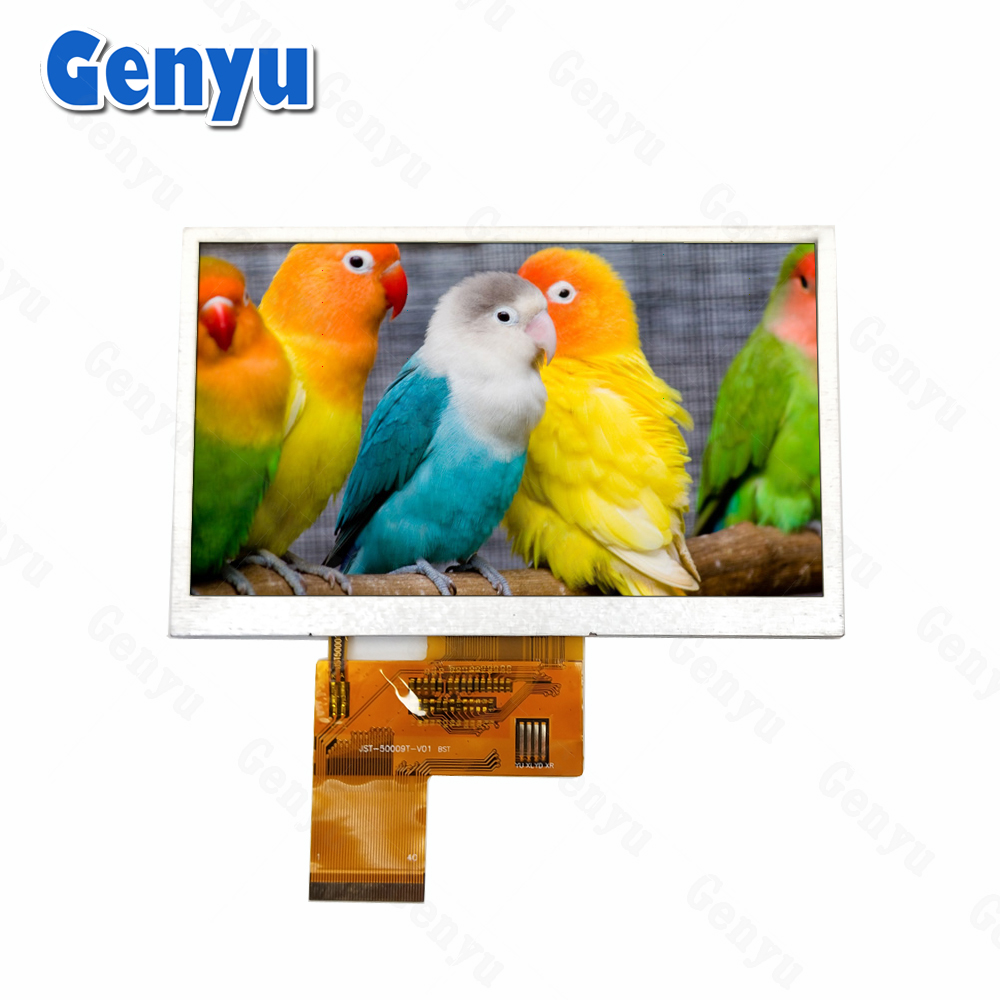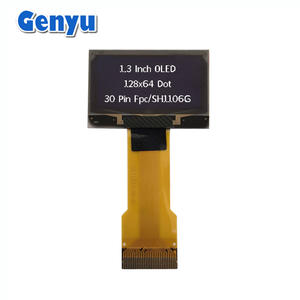In the ever-evolving world of display technology, consumers and tech enthusiasts often find themselves choosing between OLED (Organic Light Emitting Diode) and TFT LCD (Thin Film Transistor Liquid Crystal Display) screens. Both have distinct advantages and applications, but understanding their differences is crucial for making an informed decision.

OLED Technology: A Leap in Display Innovation
OLED displays represent a significant advancement in screen technology. Unlike TFT LCDs, which rely on a backlight to illuminate the screen, OLED screens use organic compounds that emit light when an electric current is applied. This means each pixel generates its own light, leading to several key benefits.
One of the most notable advantages of OLED is its superior contrast ratio. Because OLED screens can turn off individual pixels completely, they achieve true blacks and an infinite contrast ratio. This capability enhances the depth and richness of colors, providing a more immersive viewing experience, especially in dark scenes.
Moreover, OLED displays are renowned for their vibrant colors and wider viewing angles. The technology allows for more accurate color reproduction and ensures that the picture remains consistent from different angles, reducing color distortion and image degradation.
Additionally, OLED screens are often thinner and more flexible than TFT LCDs. This flexibility has enabled innovations like curved and foldable screens, pushing the boundaries of display design and functionality.
TFT LCD Technology: A Reliable and Cost-Effective Choice
TFT LCD technology, on the other hand, has been a staple in display technology for many years. Unlike OLED, TFT LCD screens use a backlight that shines through liquid crystal cells to produce images. While this method has its limitations compared to OLED, it still offers several advantages.
TFT LCDs are generally more affordable than OLED screens, making them a popular choice for budget-conscious consumers and applications where cost is a primary concern. They also have less susceptibility to issues like burn-in, which can occur with OLED displays over time, particularly with static images or high-contrast elements left on the screen for extended periods.
Furthermore, TFT LCDs tend to have better longevity and stability in terms of color consistency and brightness. While OLED screens can suffer from color degradation and brightness issues over long-term use, TFT LCDs provide a more stable performance over time.

Choosing the Right Display for Your Needs
When deciding between OLED and TFT LCD, several factors come into play. OLED screens are ideal for high-end devices where visual quality is paramount. Their superior contrast, color accuracy, and design flexibility make them the ultimate choice for premium smartphones, high-definition televisions, and advanced gaming monitors.
On the other hand, TFT LCD displays remain a practical option for a wide range of devices, including budget smartphones, computer monitors, and everyday televisions. Their cost-effectiveness, reliability, and reduced risk of burn-in make them suitable for general use where extreme visual quality is less critical.
In recent years, advancements in both technologies continue to blur the lines between OLED and TFT LCD. For instance, new LCD technologies such as Mini-LED and Quantum Dot are pushing the boundaries of what LCD screens can achieve, offering improved contrast and color performance that rival OLED displays.
Conclusion
Ultimately, the choice between OLED and TFT LCD depends on your specific needs and preferences. OLED technology provides the ultimate in visual quality with its deep blacks, vibrant colors, and innovative design possibilities, making it ideal for premium applications. TFT LCD, while less advanced in terms of contrast and color accuracy, remains a reliable and cost-effective choice for everyday use.
As display technology continues to advance, staying informed about the latest developments can help you make the best decision for your needs, whether you're upgrading your smartphone, investing in a new TV, or choosing a monitor for work or play.